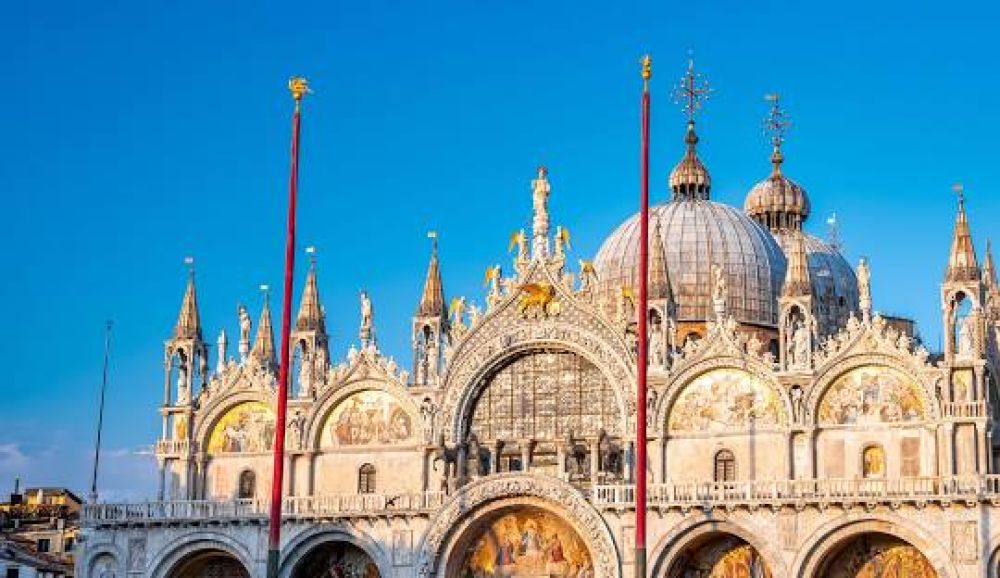

St Mark's Basilica, known in Italian as Basilica di San Marco, is one of the most famous and iconic churches in the world. Its history as a tourist destination is deeply tied to the history of Venice itself. The Basilica was consecrated in the year 1094, dedicated to Saint Mark the Evangelist, whose relics the Basilica famously contains. Over the centuries, this magnificent structure has beckoned pilgrims, art historians, and tourists from all corners of the globe, due to its impressive Italo-Byzantine architecture and the Golden Mosaics that adorn its walls and ceilings.
In the Middle Ages, Venice was a powerful maritime republic and St Mark's Basilica was a symbol of its wealth and influence. During this time, the church was primarily a religious site attracting pilgrims from throughout Christendom. It was also frequented by merchants from various parts of Europe and the Near East who would visit Venice for trade. These early visitors spread the word of the Basilica's grandeur upon returning home, making it an object of fascination for many.
During the 17th, 18th, and 19th centuries, the Grand Tour became a popular travel tradition among the European elite. Venice was a crucial stop on this itinerary, and St Mark's Basilica was a must-see. Tourists of this era were drawn to the basilica's assemblage of art, culture, and history. The opulent design and the treasury filled with artifacts taken from Constantinople during the Fourth Crusade were particularly appealing.
The advent of the railway and later the air travel industry brought Venice and St Mark's Basilica within easy reach of a global audience. Throughout the 20th century, Venice rose to prominence as a romantic and historically rich destination. St Mark's Basilica became recognized not just as a site of religious significance but also as an art historical monument. Its mosaics, the Pala d’Oro altar screen, and the stunning views from its terraces have made it an unmissable part of any visit to Venice.
In recent years, the increasing impact of tourism has taken a toll on Venice, leading to considerations for sustainability in order to protect the cultural heritage. As part of these efforts, St. Mark's Basilica has implemented measures such as crowd control systems and visitor quotas to manage the influx of tourists and preserve the integrity of the basilica.
Additionally, virtual reality tours have become increasingly prominent, offering a new way for people to experience the basilica remotely. This trend has been accelerated by the global COVID-19 pandemic, which restricted travel and prompted an innovation in virtual tourism experiences.
Furthermore, ethical and informed tourism is becoming more important, with visitors seeking deeper cultural and historical connections. Engagement with local guides and historians has become a popular means for tourists to gain a more profound understanding of the Basilica's history and significance in a respectful manner.
In conclusion, St Mark's Basilica remains one of the most enduring and captivating attractions in Venice. Through evolving tourism trends and the ever-growing appreciation for cultural heritage, St Mark's Basilica continues to welcome visitors into its historic embrace, providing a window into Venice's storied past. The Basilica is a testament to the enduring allure of Venice's art, history, and spirituality that captivates the hearts of travelers worldwide.